Solutions
Touch interfaces for modern automotive
One Technology – Three Solutions
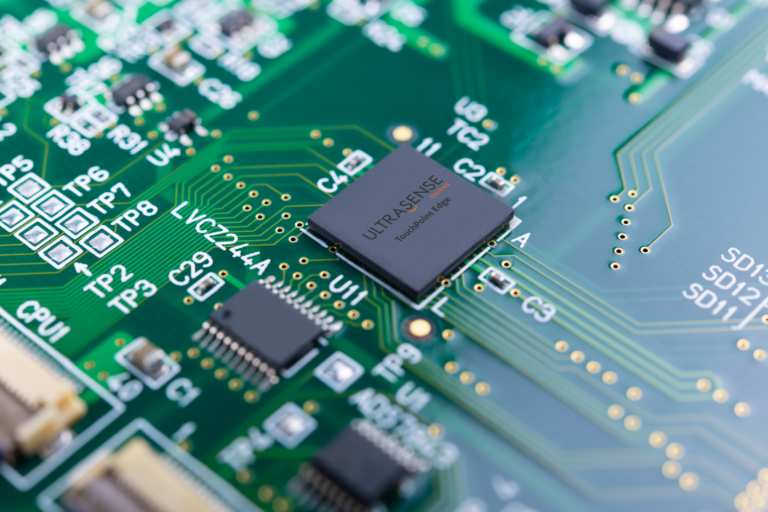
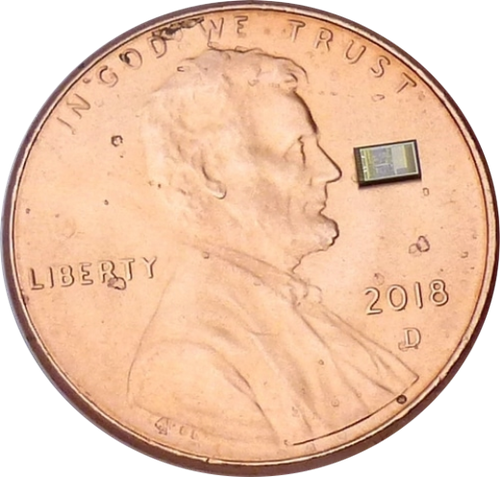
UltraSense TouchPoint HMI Controllers
Fully integrated multi-mode touch sensing, lighting control, and algorithm processing in a single System on a Chip
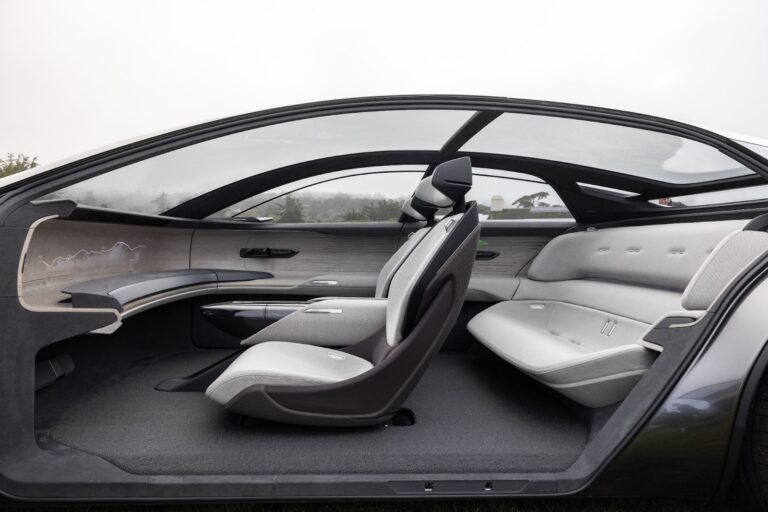

UltraSense InPlane Sensing Solutions
Driver-vehicle touch interfaces integrating multi-mode sensing, illumination, and haptics with a single printed circuit board (PCB)
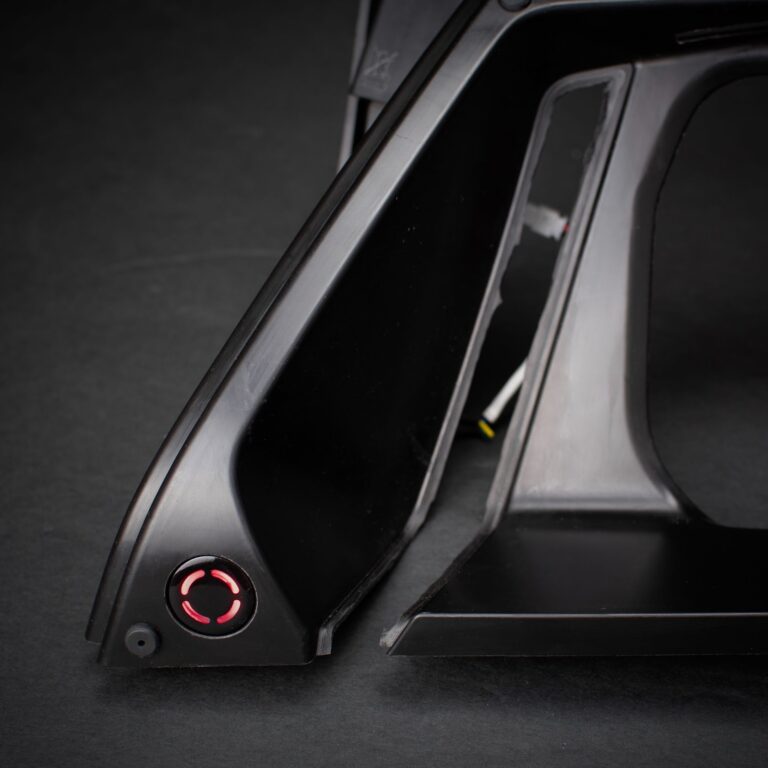
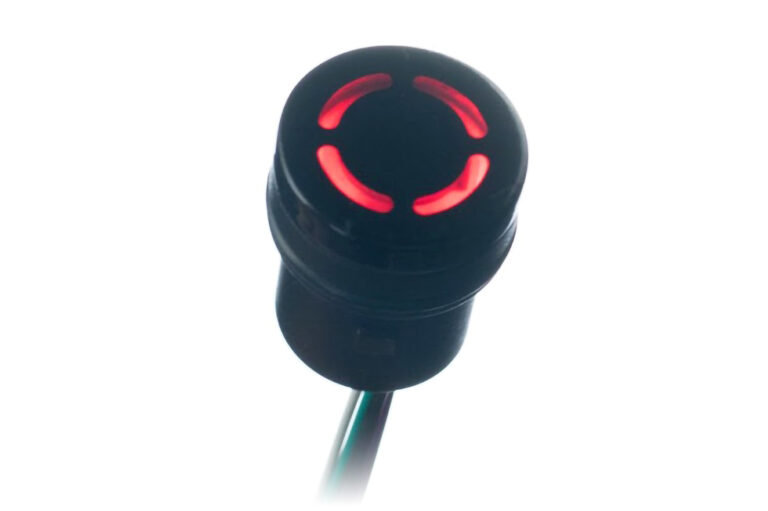
UltraSense Solid-State Interface Module
Plug-and-play SSI module integrating multi-mode sensing, customizable lighting, and controls for OEMs and tier-suppliers
What Makes UltraSense Technology Unique?
Superior multi-mode sensing accuracy, control, and performance
Highly Localized & Accurate
Precise sensing of tap, multi-tap, swipe and hold gestures, even with gloves
Works with Any Material
Senses through any thickness of metal, glass, wood, plastic, leather or stone
Reliable & Resilient
Piezoelectric force-sensing is immune to stresses of temperature, aging, and wear
Eliminates False Triggers
Fuses ultrasound, force, and capacitive sensors to register only intended touch
Hidden-Until-Lit Capability
Adjustable lighting and haptics for modern, minimalist designs
Easy Calibration & Customization
Self-tunes with AI / ML algorithms, with tuning software for customization
Holistic Standalone Operation
System on a Chip (SoC) integrates sensor, transducer, and ASIC in a monolithic die
Proven Technology & Expertise
25+ patents with deep experience in the design and delivery of sensor solutions